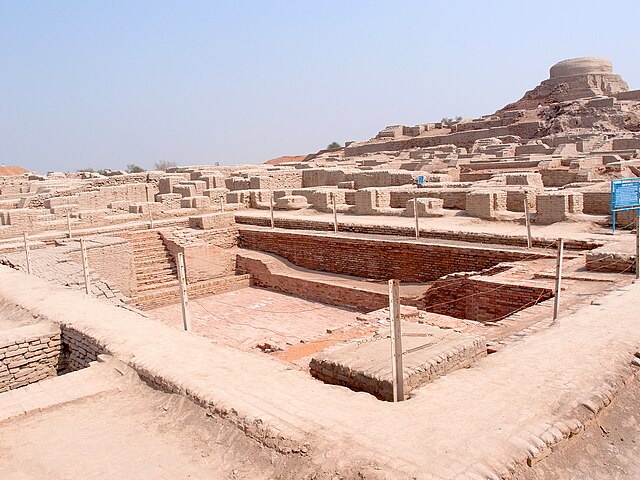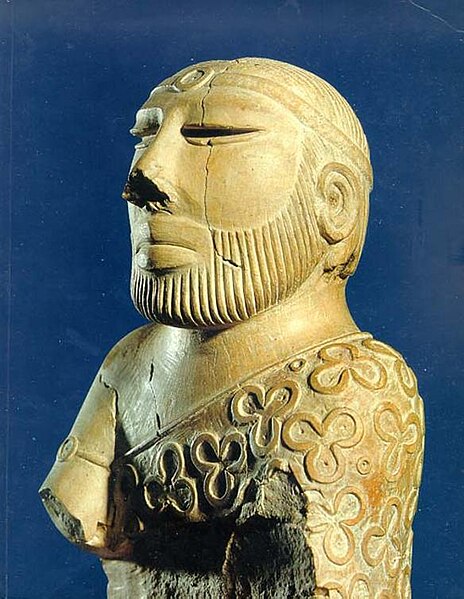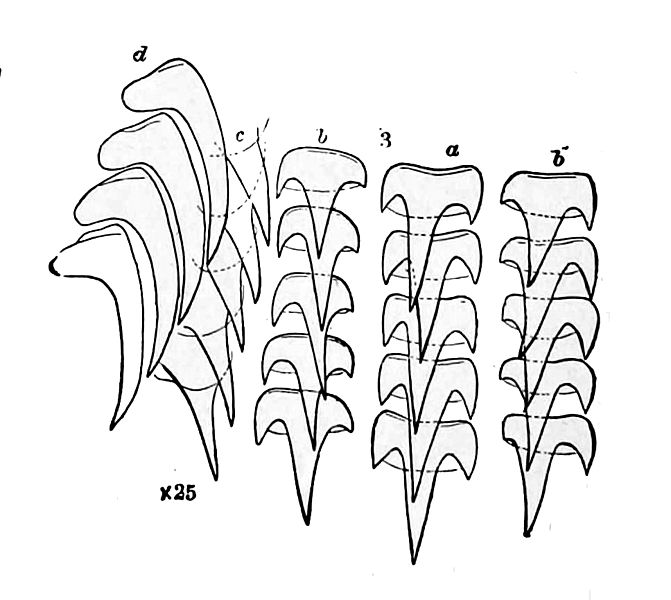We just learned about the Against Heresies - Iranaeus.
Another part of early Christian history is Quartodecimanism.
In the early church there were special dates like Easter, but people would argue over what the real date for when Easter was.
In the book of John, it says that Jesus was crucified on the day before Passover.
On an old calendar called the Nisan, the 15th of Nisan is Passover, so the people who followed that calendar always celebrated Easter on the 14th of Nisan.
Other people believed that Easter should always be celebrated on a Sunday, so they had Easter on the Sunday after Nisan.
Quarta Decima means 14th in Latin, so they people who celebrated Easter on the 14th were called Quartodecimans, which means something like "fourteeners".
Some of the church leaders tried to make it illegal to celebrate Easter on the 14th, but in the end people just went their separate ways and for a long time people had Easter on different days.
Even today some different groups of Christians celebrate Easter on a different day than others.

(from: wikipedia - quartodecimanism)
Kid Facts - Blast from the past: Clare of Assisi











